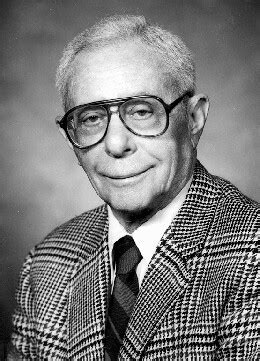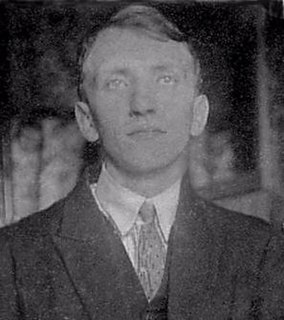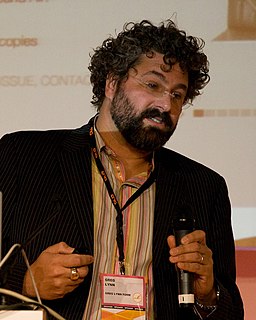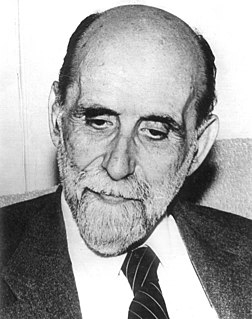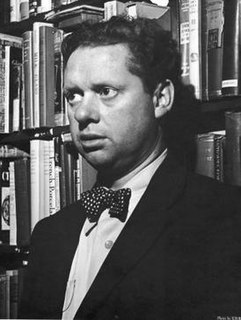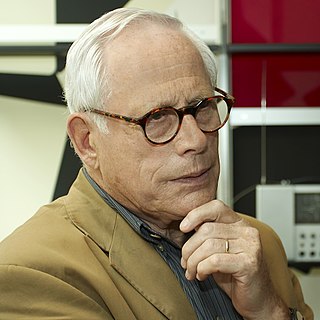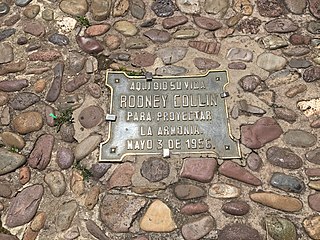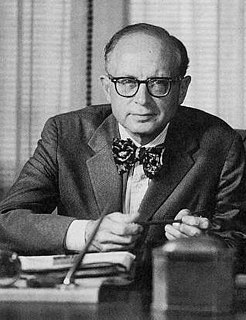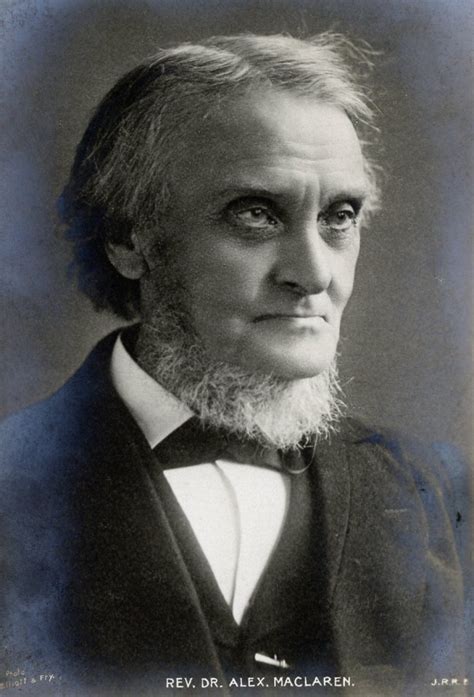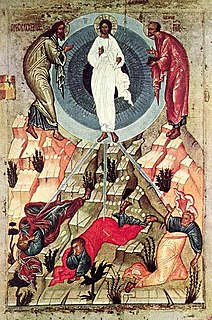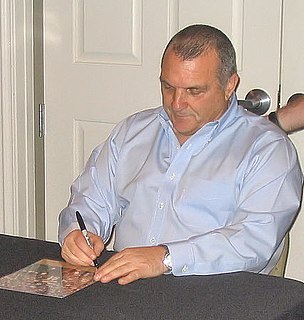A Quote by Arnold Aronson
If modern design moved the stage picture away from the specific, tangible, illusionistic world of Romanticism and Realism into a generalized, theatrical, and poetic realm in which the pictorial image functioned as an extension of the playwright's themes and structures (a metanarrative), then postmodern design is a dissonant reminder that no single point of view can predominate, even within a single image.
Related Quotes
My being subsists only from a supreme point of view which is precisely incompatible with my point of view. The perspective in which I fade away for my eyes restores me as a complete image for the unreal eye to which I deny all images. A complete image with reference to a world devoid of image which imagines me in the absence of any imaginable figure. The being of a nonbeing of which I am the infinitely small negation which it instigates as its profound harmony. In the night shall I become the universe?
A man is likewise form and expression, a written sign thrown unto boundless matter, an undifferentiated word of what is. I've therefore been created in the image of the inscriptions that, as a child, I used to project unto my bits of bone, stone, wood, and iron, probably even in the image of a single one of their words, a single one of their letters.
We will soon be living in an era in which we cannot guarantee survivability of any single point. However, we can still design systems in which system destruction requires the enemy to pay the price of destroying n of n stations. If n is made sufficiently large, it can be shown that highly survivable system structures can be built.
To go back to architecture, what's organic about architecture as a field, unlike product design, is this whole issue of holism and of monumentality is really our realm. Like, we have to design things which are coherent as a single object, but also break down into small rooms and have an identity of both the big scale and the small scale.
To go back to architecture, whats organic about architecture as a field, unlike product design, is this whole issue of holism and of monumentality is really our realm. Like, we have to design things which are coherent as a single object, but also break down into small rooms and have an identity of both the big scale and the small scale.
One of the marks of our world is perhaps this reversal: we live according to a generalized image-repertoire. Consider the United Sates, where everything is transformed into images: only images exist and are produced and are consumes ... Such a reversal necessarily raises the ethical question: not that the image is immoral, irreligious, or diabolic (as some have declared it, upon the advent of the Photograph), but because, when generalized, it completely de-realizes the human world of conflicts and desires, under cover of illustrating it.
Dynamic ecstasy is absolute romanticism , absolute heroism . And here I return to my point. From my point of view, after the catastrophe which we feel and think is universal, a catastrophe resulting from an excess of useless dynamism of useless progress, of useless realism, of useless technology, after this an unattainable democracy is to be reached through the conception and realization of a new romanticism.
I make one image—though 'make' is not the right word; I let, perhaps, an image be 'made' emotionally in me and then apply to it what intellectual & critical forces I possess—let it breed another, let that image contradict the first, make, of the third image bred out of the other two together, a fourth contradictory image, and let them all, within my imposed formal limits, conflict.
Good design is innovative
2. Good design makes a product useful
3. Good design is aesthetic
4. Good design makes a product understandable
5. Good design is unobtrusive
6. Good design is honest
7. Good design is long-lasting
8. Good design is thorough, down to the last detail
9. Good design is environmentally friendly
10. Good design is as little design as possible
God reproduces and lives out His image in millions of ordinary people like us. It is a supreme mystery. We are called to bear that image as a Body because any one of us taken individually would present an incomplete image, one partly false and always distorted, like a single glass chip hacked from a mirror. But collectively, in all our diversity, we can come together as a community of believers to restore the image of God in the world.
If God is watching us, as some believers suggest, as though we were a television show and God had a lot of free time, the deity would surely be bemused by how dumbed-down devotion has sometimes become in this so-called modern era. How might an omnipotent being with the long view of history respond to those who visit the traveling exhibit of a grilled-cheese sandwich, sold on eBay, that is said to bear the image of the Virgin Mary? It certainly argues against intelligent design, or at least intelligent design in humans.
